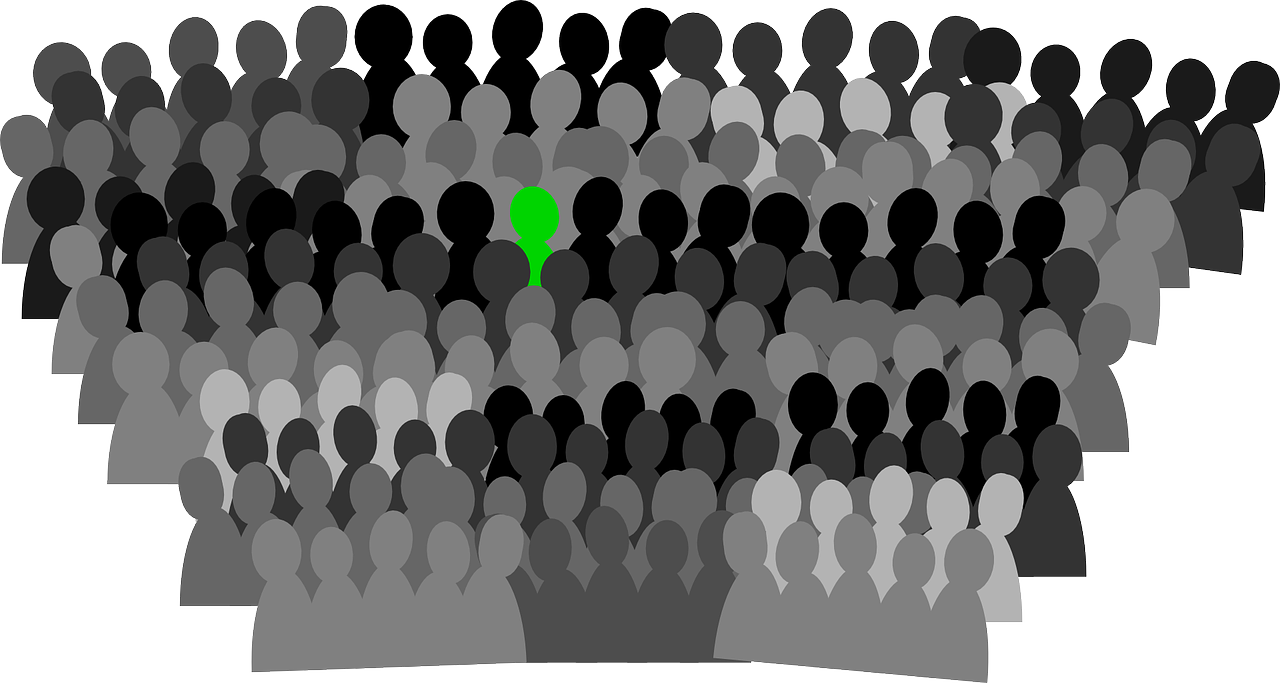Hide and Seek: Finding your audience online
By Eleni Young. Using social media when you’re posting to your friends and family is easy, you already have an audience who’s interested in you and you don’t have to think too much about what or when you post. But when you’re posting for an audience who doesn’t know who you are, social media can be a bit more tricky, just because Auntie Sue and Dave think your hilarious on your personal account doesn’t mean you’re going to get the same reaction on your Facebook or Instagram comedy accounts.
Identifying your audience
That’s easy isn’t it, it’s people who like comedy, d’uh! Yes, but there are billions of people out there who like comedy and there are hundreds of different types of comedy, so we have to be more specific. You know what you like, but do you really know what your audience likes? Targeting your audience to get those all important likes and follows isn’t just about throwing your content out there and hoping for the best, you need to be specific about who you want to reach and who is going to keep coming back for more. Here’s a few questions to get you started:
● Who are they? Is your comedy aimed at more men or women or both? How old are they? Where do they live? Peep Show is a great comedy, but dry humour tends to work better in the UK than it is in the US.
● What types/style of comedy does your audience like? If your comedy is similar to or has the same traits as other comedians or shows, target those audiences. If you ever do advertising on Facebook, it will ask you about audience likes and interests.
● Which comedy/TV personalities do they follow? Have a look at those pages/profiles to see what type of content they’re putting out. Are they always just posting their own content or are they doing live videos (Facebook Live or IGTV)? What hashtags are they using that could also tie in with your content? You don’t have to use everything they are doing (be smart with your content and ensure yours is still original) but you’ll be able to see from the level of engagement how their audience (your target audience) is reacting and if it’s something you could incorporate in your content.
● When is your audience online? This is a key question to ask yourself. There’s no point marketing yourself at 8am on Saturday if your audience don’t bother logging on until 1pm on Monday. If you have a Facebook page or business Instagram account, check your analytics and look for times and days for when your audience is interacting or viewing your content.
One of the best things about identifying your audience is that unless you diversify your content drastically you don’t have to do it again. Having said that, put 10 mins aside once a week to go through your analytics to check you’re still getting the right audience and getting the engagement you want.
If you decide to advertise online, you’ll be asked all these questions and more and it’s easier to work this out now than when you want to post an ad and have a ton of questions screaming at you on your screen.
Now don’t worry, it may seem like a mammoth task, but it’s really not. Grab a pen and paper and start scribbling who your ideal audience is, you’ll find that you already know these answers, it’s just that you’ve never had to write it down before. So, what are you waiting for?
If you want to find out a bit more about Digital Marketing I’m hosting ‘An Introduction to Digital Marketing’ on Thursday 22 October at 10:30am (BST) online, tickets are normally £15 but for Comedy Crowders use code IntroFr33 to get yours for free!


